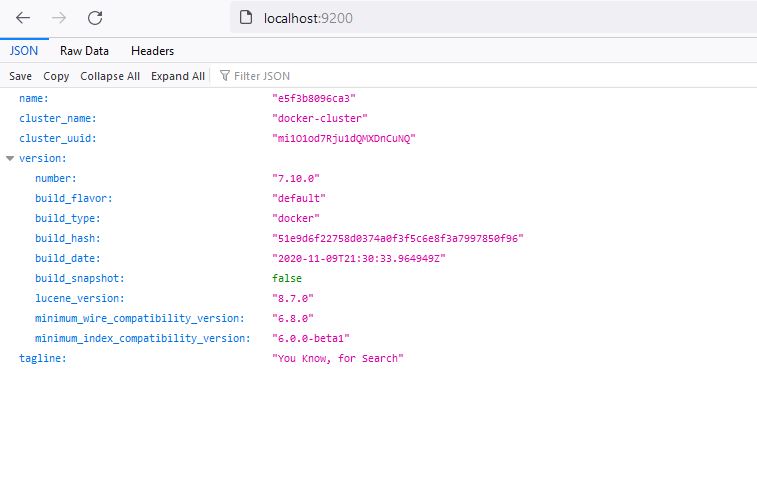In this post, I cover what it means to be a senior software engineer. When I say senior, it means anyone other than Junior, Associate, or Software Engineer. So it can include Senior Software Engineer, Staff Software Engineer, or Principal Software Engineer. If you are a Junior Developer, you can read my previous post on what makes a good junior developer.
Staff and Principal Engineers are usually on the same level as Engineering managers without anyone reporting to them. But this can vary in organizations. So, I am not going to on that but will focus on what all these engineers do and what they can do better.
Two Career Paths
Most Software Organizations have two career paths for all engineers.
- Individual Contributors
- Management
Individual contributors usually keep the engineering team on the engineering path while managers keep the team aligned for the overall goal of the team. Most senior engineers usually get a choice after a certain level of engineering experience if they want to be individual contributors or become managers. It can also depend on the performance.
Staff and Principal Engineers are individual contributor roles. Usually, those engineers remain on that path for the rest of their careers.
All three types of senior engineers have a certain role to play in the team, but I will not go over that much, but what they do and how they are different from Junior engineers.
Not a 10x Engineer
Most Senior engineers can be considered 10x engineers. If you don’t know what a 10x engineer is, then search for it. It’s a famous meme. Most senior engineers can definitely close a lot of tickets and code better. But that’s not their only role and they are not really 10x engineers.
A great senior engineer makes the whole team great by advocating the best practices. This is where their experience comes in handy. Senior engineers contribute in the following areas – Coding standards, coding review guidelines, system design guidelines, and understanding of the system. They become a mentor for junior engineers. A good senior engineer can distinguish between engineering language and product language. She can decipher product requirements from business to engineering and communicate engineering challenges to products. She can become a bridge between business and engineering.
One key skill a senior engineer possesses is communication. Communication to get the team to do better and focus on the goal. Communication to make sure the business understands the engineering side. Nevertheless, interpersonal skills are important for senior engineers.
Mentoring
Another important role a senior engineer does is to mentor junior engineers. A senior engineer may not hold one-on-one with juniors, but he will guide them through code review, understanding of the system, and making critical decisions in system design as well in code. He will also showcase his own leadership skills when the team needs guidance. If a team is struggling, there is a large role a senior engineer has to fill in. If a team is doing well, a large credit goes to the senior engineer as well.
Overall, a senior engineer is a cheerleader of the team, he boosts the morale of the team. A senior engineer also guides the new developers who join the team. A senior engineer actually showcases the values the company has adapted.
Engineering Initiatives
A key skill a senior engineer possesses is to look at any system and find the pain points. A senior engineer understands that the team is the customer and she must solve the painful problem. A senior engineer can go out of her way to solve some of these problems and make the team better performing.
She also keeps herself up to date with the new challenges and changes in technology. Foresightedness is a skill, but it only comes with experience. A senior engineer finds the problem in the system and solves them. Example – How to use a circuit breaker in rest call.
Leadership
A senior engineer is a subject matter expert of the system he has worked on. If there is an issue, he doesn’t have to visit the code every time to know where the issue is. Usually, his knowledge of the system is so strong that he can fix the issue quickly. But, there can be situations where there is no solution and a senior engineer takes that as a leader to communicate to the business. Convincingly, he also leads the efforts to implement any new features. A senior engineer is a leader and he finds his way to remove obstacles to the team’s progress.
Conclusion
In conclusion, a senior engineer is the glue that holds a team. A manager usually gives a free hand to senior engineers in many aspects because of their high agency character as well as leadership qualities.
If you enjoyed this post, you can subscribe to my blog here. Also, if you are interested to learn more about Spring Security, you can buy my book Simplifying Spring Security.
